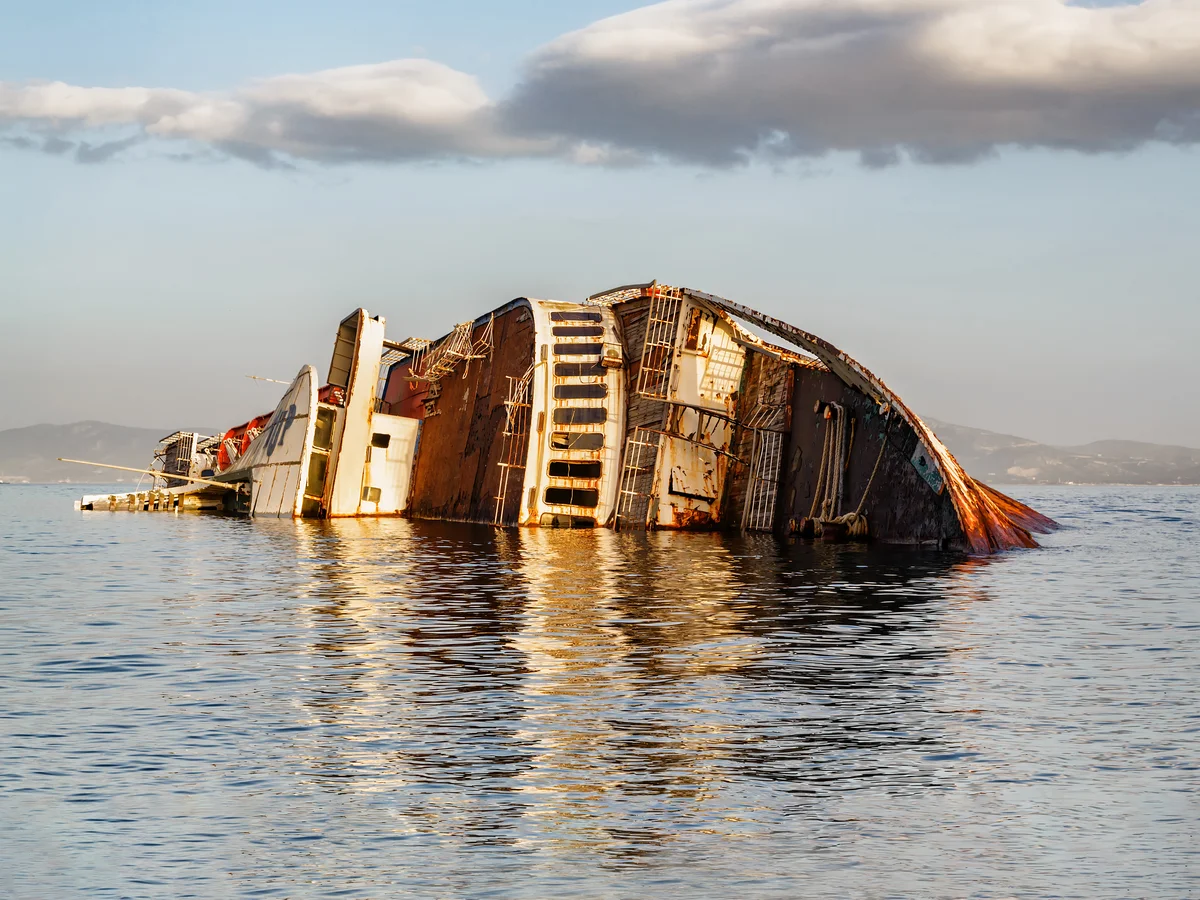Gutter Pairs: Titanic (Canada 2012)
Titanic (Canada 2012)
05 April (Canada ) within release Centenary of the Sinking of the Titanic goes into circulation Gutter Pairs Titanic face value 2*P No Face Value
| Gutter Pairs Titanic in catalogues | |
|---|---|
| Stamp Number: | Sn: CA 2534ii |
Gutter Pairs is square format.
Horizontal pair (2534-2533) gutter between.Also in the issue Centenary of the Sinking of the Titanic:
- Booklet Pane - Titanic booklet pane face value 6*1.80;
- Booklet Pane - Titanic booklet pane face value 10*P;
- Stamp - Titanic face value 1.80;
- Se-tenant - Titanic face value 2*P;
- Full Pane - Titanic face value 16*P;
- Gutter Pairs - Titanic face value 2*P;
- Gutter Pairs - Titanic face value 2*P;
Gutter Pairs Titanic it reflects the thematic directions:
A map is a symbolic depiction emphasizing relationships between elements of some space, such as objects, regions, or themes. Many maps are static, fixed to paper or some other durable medium, while others are dynamic or interactive. Although most commonly used to depict geography, maps may represent any space, real or imagined, without regard to context or scale, such as in brain mapping, DNA mapping, or computer network topology mapping. The space being mapped may be two dimensional, such as the surface of the earth, three dimensional, such as the interior of the earth, or even more abstract spaces of any dimension, such as arise in modeling phenomena having many independent variables. Although the earliest maps known are of the heavens, geographic maps of territory have a very long tradition and exist from ancient times. The word "map" comes from the medieval Latin Mappa mundi, wherein mappa meant napkin or cloth and mundi the world. Thus, "map" became the shortened term referring to a two-dimensional representation of the surface of the world.
A ship is a large watercraft that travels the world's oceans and other sufficiently deep waterways, carrying passengers or goods, or in support of specialized missions, such as defense, research and fishing. Historically, a "ship" was a sailing vessel with at least three square-rigged masts and a full bowsprit. Ships are generally distinguished from boats, based on size, shape and load capacity.
A shipwreck is the wreckage of a ship that is located either beached on land or sunken to the bottom of a body of water. Shipwrecking may be intentional or unintentional. There were approximately three million shipwrecks worldwide as of January 1999, according to Angela Croome, a science writer and author who specialized in the history of underwater archaeology (an estimate rapidly endorsed by UNESCO and other organizations).



